It was a Tuesday in late March when everything changed. I was halfway through a lunch break at work when my phone buzzed and a screenshot slid into my messages. At first I thought it was a silly meme. Then I read the caption and my stomach turned. It was a photo of me, from a party months earlier, with a short paragraph beneath it. The paragraph was cruel and private. My best friend had written it, then forwarded the post into a group where people I trusted were laughing at my expense.
We had been friends for nearly sixteen years. We grew up two streets apart, went to the same high school and shared a room for one summer when our families could not find enough space. When I lost my first job she was the one who stayed on the phone until midnight helping me rewrite my CV. When her father fell ill I was the one who filled in shifts so she could be at the hospital. Our lives had been braided together in ways I had stopped noticing because they felt ordinary and safe.
The screenshot was ordinary as screenshots are. It was the intent behind it that was new. The paragraph turned a private conversation I had with her about money into a joke. It revealed a private fear I had trusted her with. The worst part was that the people who had been with us the night the photo was taken saw it as acceptable to share. I opened a thread of messages where people had added laughing gifs and comments that felt like knives. I texted her three times in a row. No reply.
I tried to be rational. People joke about each other, I told myself. Maybe she did not intend harm. I called her. She let it ring. I messaged to ask why she would post that about me. The read receipt blinked and nothing followed. For seventy two hours she would check messages and say nothing. When she finally answered it was short and cold. She said she was busy and suggested we talk later. Later never came.
The first week was strange in that it was loud and numb at once. Friends I thought were neutral stopped answering my invites. Someone I had known since primary school sent me a single line, sorry if you are upset. The group chat that had once planned road trips now planned nights out and posted pictures without me. I found myself refreshing her profile to see if she had commented elsewhere, as if a clue would appear that explained everything away. Nothing did.
The unraveling did not look like a single betrayal. It looked like a pattern I had missed. Small slights that had seemed accidental now read as deliberate. Invitations that vanished into vague excuses. Private jokes that shifted tone. A critical comment about my ambitions that once seemed teasing now felt like disdain. Once you start looking for the seams the garment begins to fray fast.
I confronted her formally after two weeks. We met at a café where sunlight warmed the table between us. I asked why she had shared that post. She told me she had been frustrated with me lately. She said I was needy and that I always expected people to fix my problems. The words landed like stones. I offered examples of when I had supported her. She nodded as if those things were small and irrelevant. The bridge between us had become a ledger she was keeping and I had not known the accounts were open.
That conversation was not a single closing statement. It was a mirror of a thousand small conversations we had avoided. Underneath her derision was resentment. Underneath my shock was a refusal to have seen it. We argued and we tried to salvage dignity. At the end she said the friendship felt one sided and that she needed space. When she left the café she did not hug me. She walked without looking back.
People talk about romantic breakups like they are the only kind of heartbreak. They are wrong. The social pain of losing a friend activates the same parts of the brain that process physical pain. Years of research in social neuroscience show that rejection and social exclusion are processed by the anterior cingulate cortex, the same place that registers a scraped knee or a burned palm. In practical terms what I felt was not only sadness. It was shock, physical ache and a dizzying loss of routine. I had to relearn how to spend Saturdays.
In the months that followed I did what most people do poorly. I pretended to be fine. I went to work. I said yes to invites I did not want. I deleted her messages from my phone in the hope that deletion would speed the recovery. It did not. Healing started when I stopped pretending and started naming what I felt. I wrote down the small ways my trust had been taken for granted and then I wrote down the things I had learned from the friendship that were worth keeping. The list included empathy, how to be reliable and the value of steady presence. Keeping those things meant the friendship had not been a loss without value even if the person had changed.
Friends who remained were crucial. One friend named Asha sat with me for an hour and did not try to fix anything. She brought tea. She listened without tipping into judgment. Another friend offered to drive me to a small concert and that night I felt human again. Social pain dulls when it is countered by ordinary kindness. Practical acts mattered: a meal dropped at my door, someone to call when I could not sleep, a colleague who covered a shift when I needed time to grieve.
I also set new boundaries. I stopped explaining myself to people who had not asked for an explanation. I unfollowed the group chat that had shared the screenshot and muted drama that wanted to loop me in. Boundaries do not mean cutting oneself off. They mean choosing what to let into your life. I learned that saying no to small indignities makes room for dignity.
There was a lesson about expectations. I had believed that longevity guarantees loyalty. I had thought that history alone is a buffer against betrayal. That is not true. Long friendships can end because of changing priorities, because of envy, because of small slights that calcify. The useful question became not why it happened but what I could learn. I learned to watch for patterns. I learned to ask for clarity before allowing resentments to calcify. I learned that people change and that sometimes the right response is not more effort but a recalibration of who you invest in.
I also learned to be responsible for my own narrative. For a while I was trying to explain the story to mutual friends. I found refuge instead by telling my story simply and then stepping back. People who mattered reached out. Those who did not were part of the answer. That filtering felt merciless and kind at the same time.
A year after the screenshot I ran into her at a market. She was with a new group and she smiled in the way people who have made peace often smile. We exchanged a few sentences about small things. The conversation was polite and brief. I felt no triumph. I felt a faint relief like a knot finally loosening. The wound had scar tissue now. It hurt less.
The day my best friend stopped being my friend taught me something about the fragility of human trust and about the work of being present. It taught me that loss does not always come with a single dramatic act. Sometimes it is a thousand small acts compounded. And it taught me that repairing yourself is a slow practical work. You do not run from the ache. You feed your life with steady acts of care until the ache has less room to live.
If I could go back I would have listened earlier. I would have asked direct questions and not assumed goodwill where resentment had taken root. I would have kept a few more friends close by default, not by crisis. I would have learned that being reliable is not always enough to keep someone who is changing. Those are the bitter facts and they are true for too many of us.
Months later I found a different rhythm. I found people who showed up and who turned up when life was plain and when life was difficult. I found that time itself is an honest friend. It does not fix everything but it teaches perspective. The scar remains but it maps a lesson I carry now when I choose who to trust and when I decide how much to give my heart to another person.
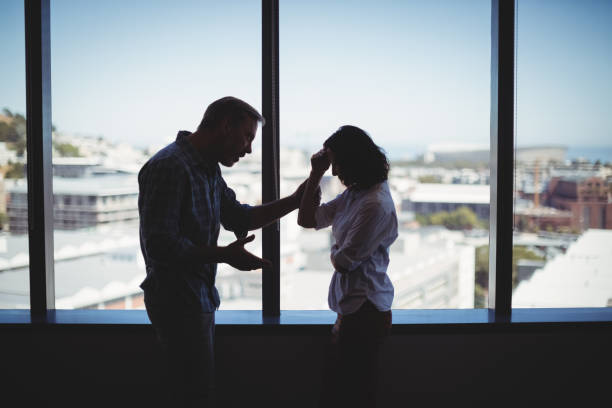
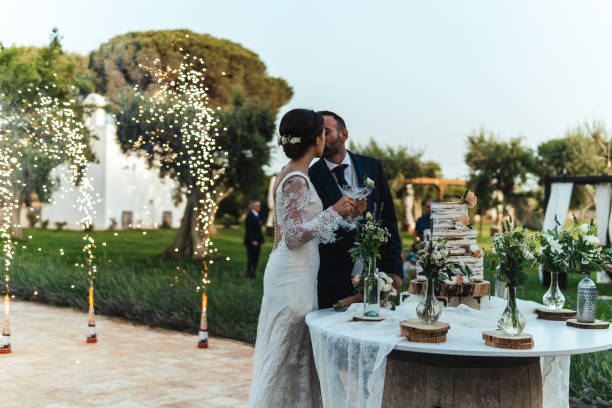

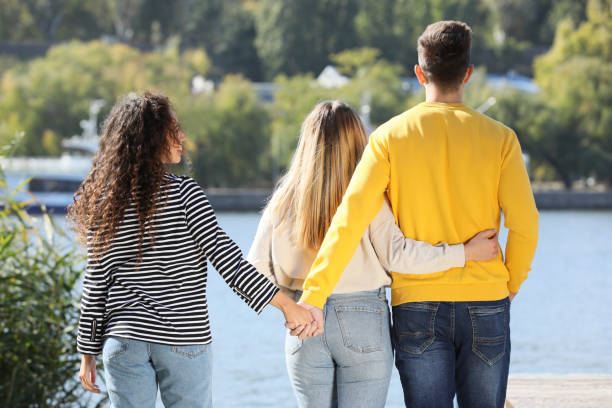


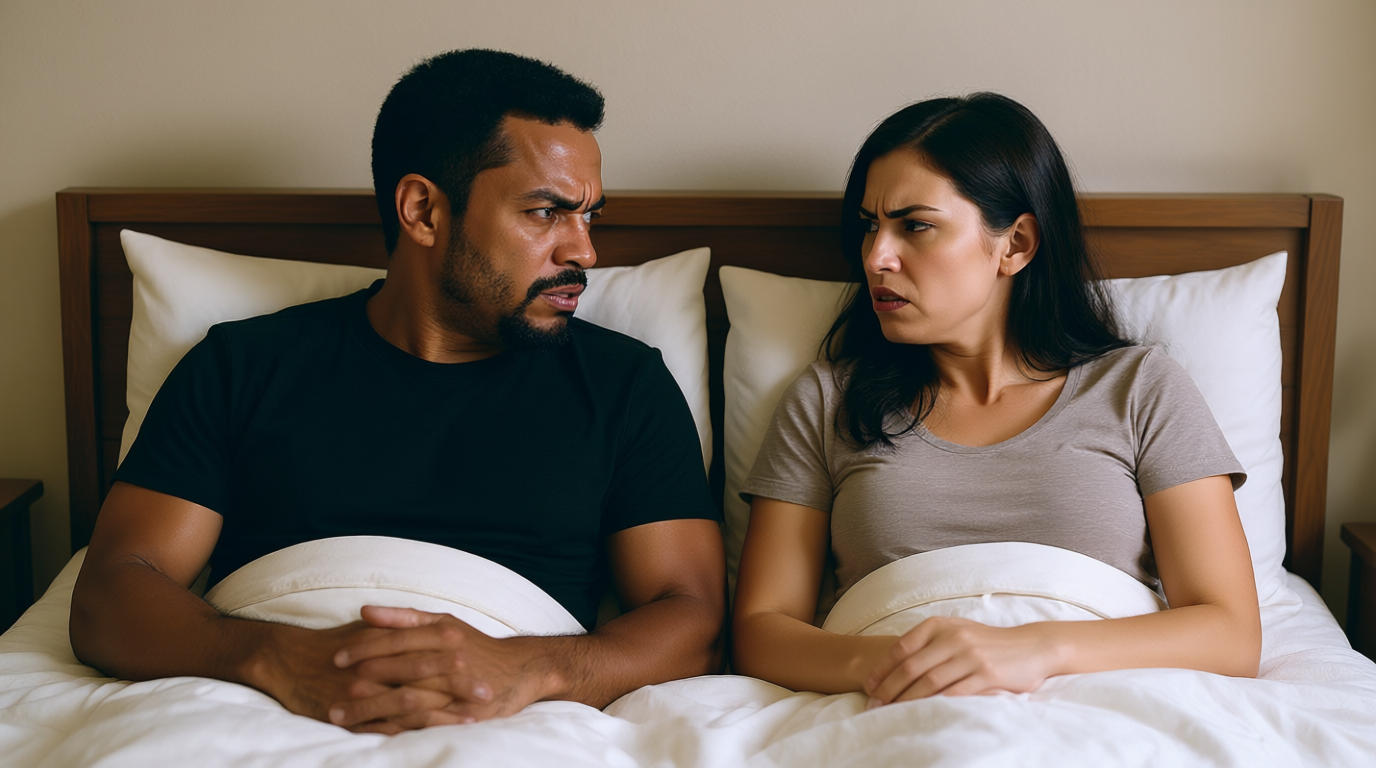
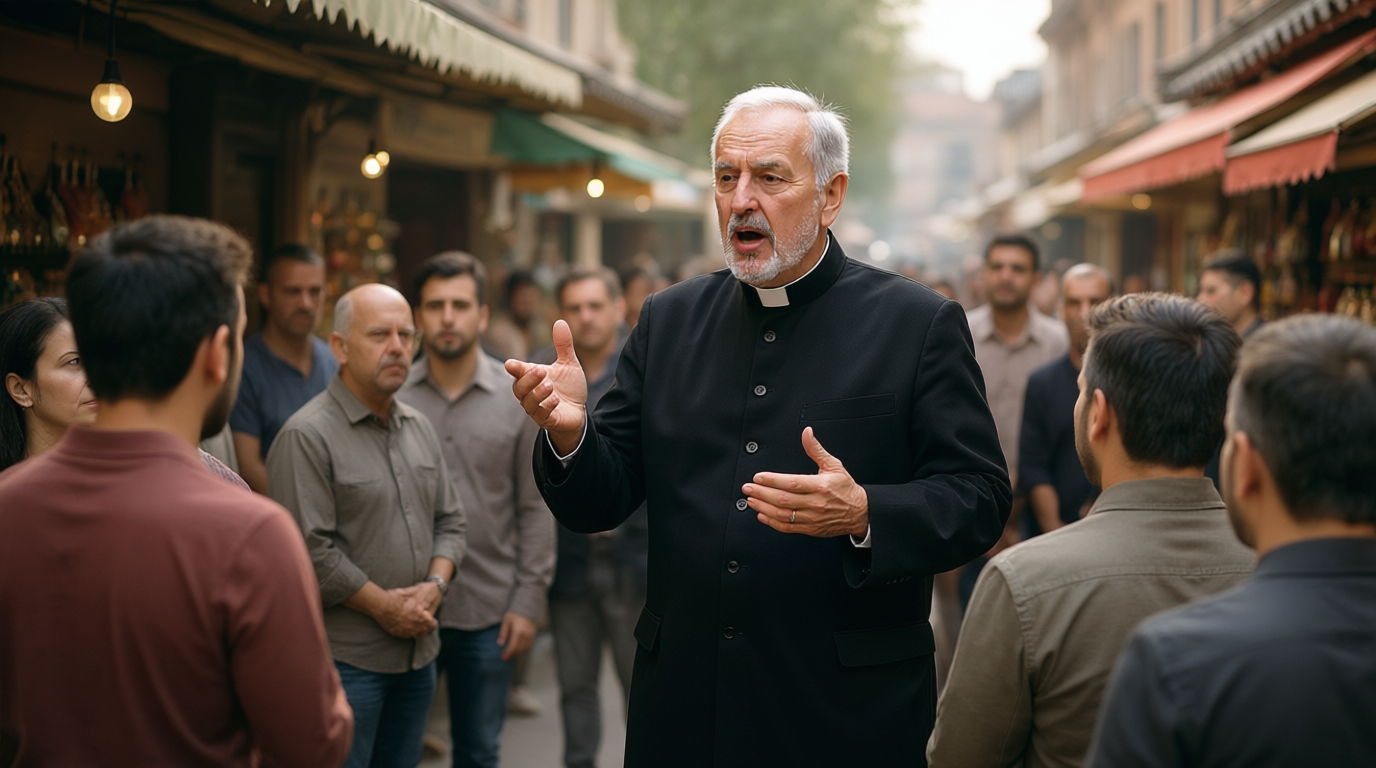
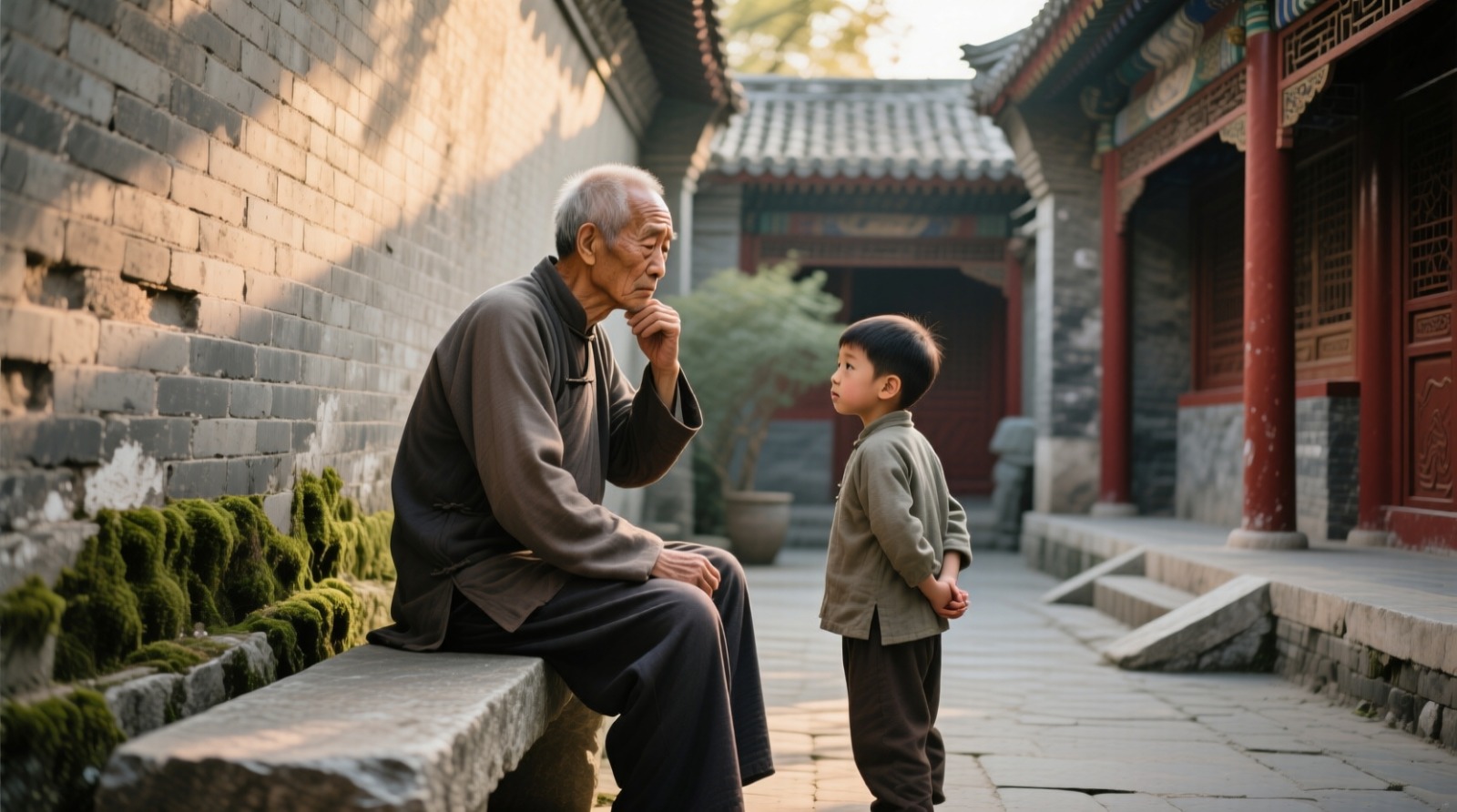
Comments (0)